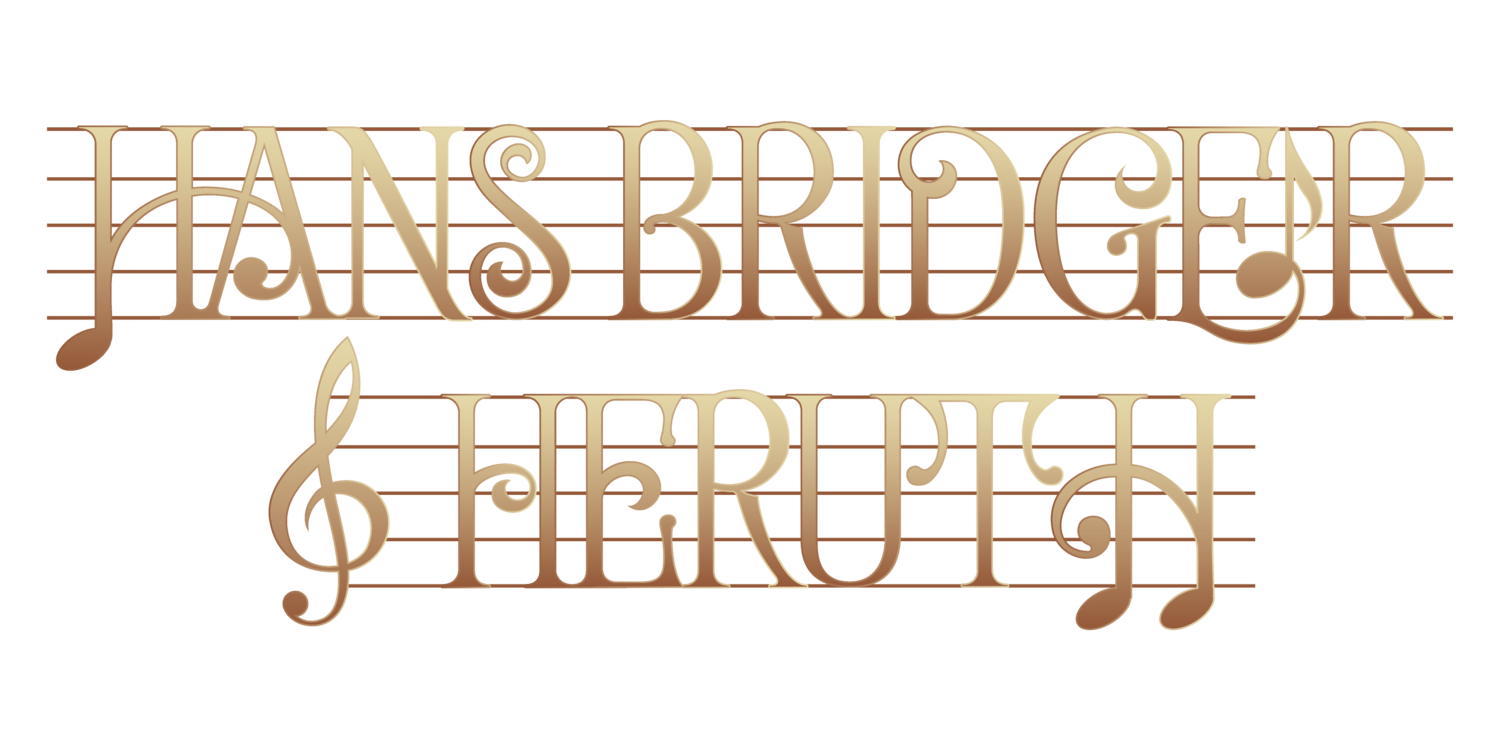As a composer, my music is largely melodically and thematically driven. I find that my favorite music has melodic content that is both memorable and evocative of what it’s representing, and I try to exemplify this in my own compositions. When I composed my chamber opera, “A Certain Madness”, I had the time of my life creating musical material that would eventually accompany different characters or emotions on the stage. In the next few posts, I’m going to explain my compositional process behind a few of the different themes in the opera.
First, let’s discuss the theme that represents Sherlock’s sense of justice in this opera. It’s first presented in the prelude, and returns throughout the work at pivotal moments when Sherlock is performing his legendary detective work.
To me, the whole time I was writing this chamber opera, I was scoring my own little film that would be presented in real life on the stage. This led me to imagine that I was watching a classic Sherlock Holmes movie, and I asked myself “What music would underscore the opening titles?” and this melody was born. The large leap in the first measure is heroic, and the theme as a whole is largely rock influenced.
Following this, there is a two bar link. I wanted something mechanical, something that represented the wheels turning in Sherlock’s mind. A big believer in split thirds (a subject that I could write an entirely separate blog post about), I experimented with different oscillations until I settled on this other very rock-influenced groove:
The split thirds in the violins and winds followed by the rising line in the saxophone and the violas drives these two measures to a second iteration of the justice theme, now beginning on a C major “power chord” instead of the original E minor, giving a sense of triumph after these two suspenseful measures.
In my compositions, I absolutely adore layering thematic and motivic material, so I knew I had to find a clever way to combine these ideas even further. I backtracked to create something to lead into the justice theme using fragments from both of these examples. Split thirds, rising chromaticism, melodic leaps, and a gnarly tremolo glissando in the upper strings — it was everything I hoped it could be, and it sounds like this:
Having gone into detail for each of these fragments now, here is this section from the Prelude in full. I combined the split thirds and rising lines from the mechanical groove, and the syncopation and melodic leaps from the justice theme to create something iconic in the opera and evocative of what I endeavored to represent: the heroism and incredible mind of Sherlock Holmes in his pursuit of truth and justice. This same fragment appears later in the opera in Sherlock’s aria, “What would it take to kill another man?”, accompanying Sherlock’s investigative endeavors as he muses over the motives of potential perpetrators.
In my next post, we’ll discuss Sherlock’s jazzy theme, and why I chose a saxophone to represent Sherlock Holmes instead of a violin!
Until next time,
H.B.H.




